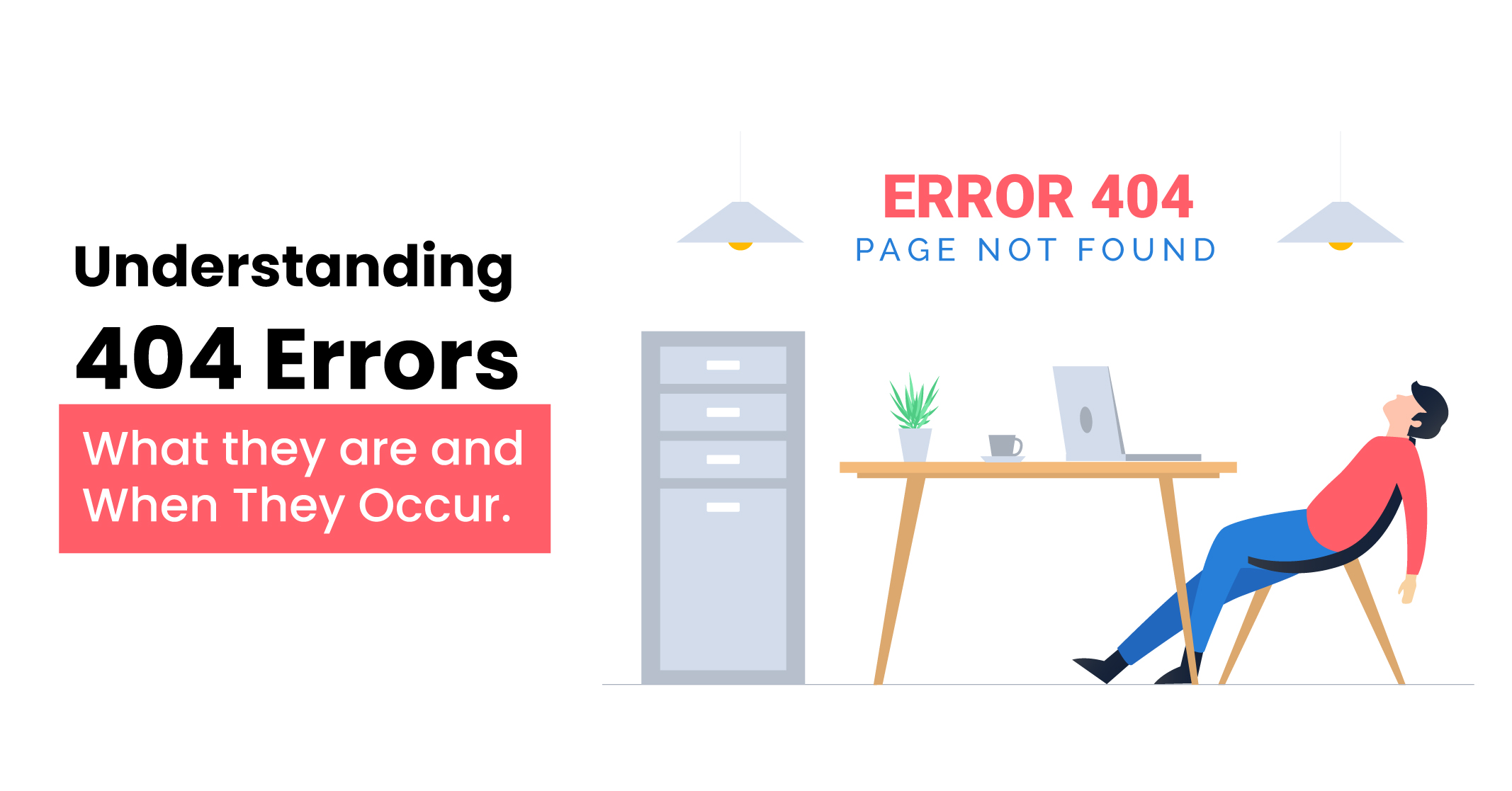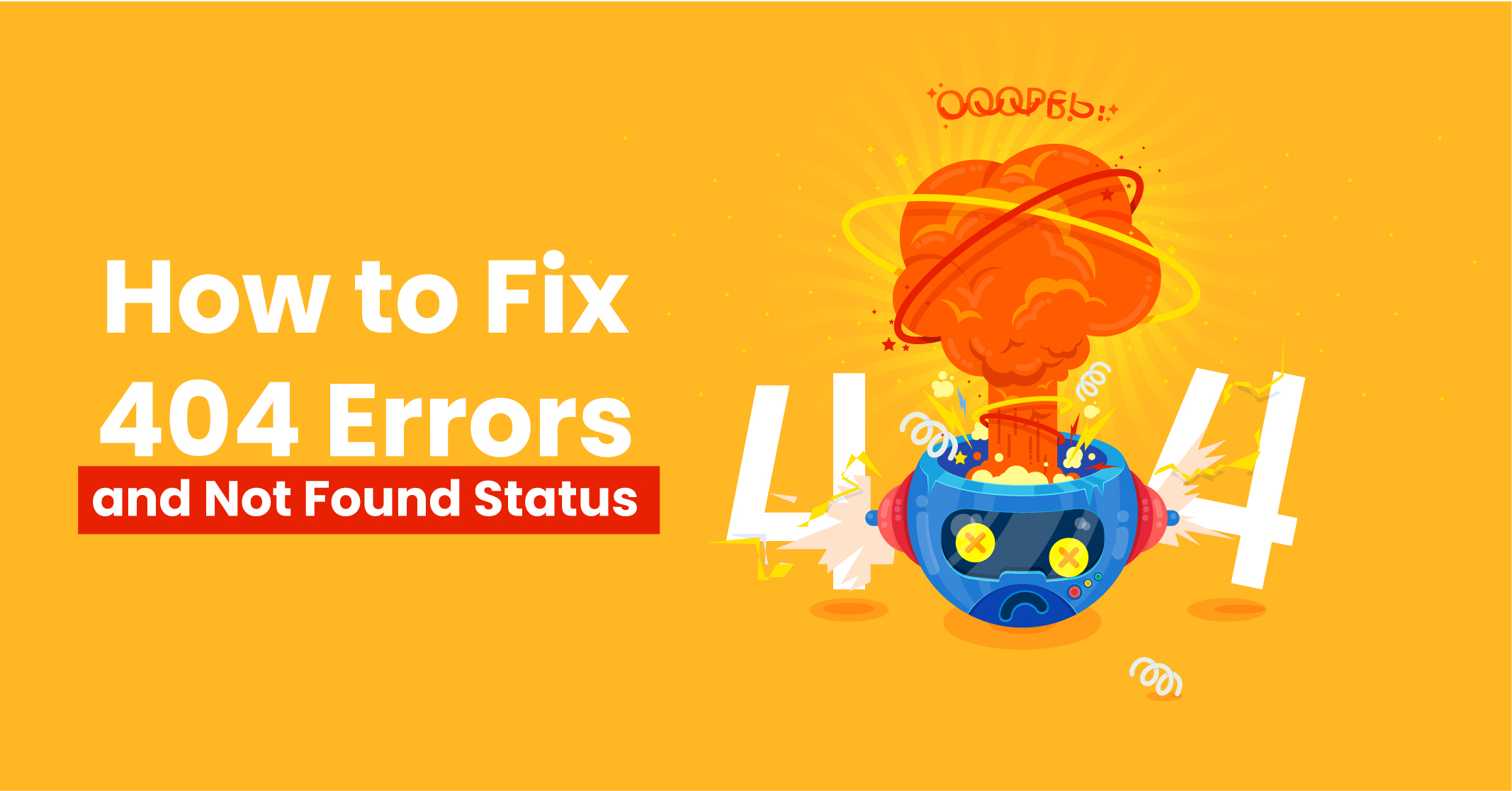I hope you enjoy reading this blog post.
If you want to get more traffic, Contact Us

Click Here - Free 30-Minute Strategy Session
Be quick! FREE spots are almost gone for this Month. Free Quote

A 404 error occurs when a website’s server cannot locate the page that a user is attempting to access via a hyperlink or URL. This issue is commonly referred to as a broken or dead link. HTTP requests and responses facilitate the communication between web browsers and servers.
HTTP responses are categorized based on status codes. Informational 1xx codes, success 2xx codes, redirection 3xx codes, client-side error 4xx codes, and server-side error 5xx codes are the five different types of status codes.

Click Here – Free 30-Minute Strategy Session
Be quick! FREE spots are almost gone for this Month
Client-side errors usually occur on a user’s computer because of human error, while server-side errors indicate issues communicating with the server.
404-page errors are a way for humans to comprehend that the browser and server are working correctly, but the desired content on the server is inaccessible.
Website owners should be concerned about 404 errors in SEO since they might lead to the visitor and potential customer frustration when trying to access their site. It can affect user experience, SEO and ultimately, the bottom line.
Now, how does it happen and how to fix 404 errors?
A 404 error occurs due to the following reasons:
While there are other causes of this error, these are the most frequent. Additionally, there are instances of “soft 404s,” which do not have 404 error codes but are treated similarly by Google. We’ll discuss those later in this blog.
If you have tried to access a page and found that it no longer exists, you may have reached a dead end. This could happen if you clicked through from one blog to another.
One of the most common reasons for this is that the page was deleted. However, websites may also redirect you to a different relevant page.
There are several reasons why you may need to change a URL. One reason is if you are performing a website migration. In this case, you may need to change URLs to reflect the new structure of your website. Additionally, you may need to consolidate web pages together, which could also require changing the URLs. Another reason to change a URL is for SEO optimization. By changing a URL, you may be able to improve your website’s search engine rankings.
In some cases, a webpage may have been moved, but the URL was not redirected correctly to the new location. This can result in a 404 error even though the page was not technically deleted. If you encounter a broken link, it is important to bring it to the attention of whoever oversees the website. They will need to manually fix the issue to ensure that users can access the correct page.
Overall, it is essential to ensure that URLs are correctly set up and maintained on your website. By doing so, you can prevent 404-page errors and provide a better user experience for your website visitors.
Learn More: URL Redirect – The Complete Guide

Sometimes, you may encounter a page that appears to be a dead end, but it’s because someone is currently working on it. This usually happens when the content of the page is being updated or revised.
If you’re the one responsible for updating the page, make sure that it’s published and available for public access once the changes are complete. This will prevent users from encountering a 404 error and ensure that they can access the updated content once it’s ready.
A mistyped URL is a common reason for encountering an HTTP 404 response. This could happen when you manually enter the URL into the address bar or when you follow a link to another page that contains a typo.
Double-check the URLs to ensure that they are accurate and do not contain any errors. This will help prevent users from encountering a 404 error and improve their overall experience on your site.
What is Soft 404s?
Soft 404s refer to pages that are life and responding with a 200 status, but for some reason, search engines such as Google think they shouldn’t exist. This results in them being reported within Google Search Console as soft 404 errors.
While a server may respond positively, search engines may not index the page if they deem it irrelevant. Therefore, if your site contains soft 404 errors, it’s important to fix them to ensure that the content is indexed correctly.
If you’re using Google Search Console, you can identify soft 404 errors easily. Google will let you know which pages it believes are soft 404s, and you can fix them accordingly.
Learn More: 301 Redirect – What is it and When Can You Use it?
Although 404 errors are inevitable, it’s not ideal when it happens to live pages that are supposed to be accessible. Redirecting users and web crawlers to a better alternative if available is recommended. Otherwise, you’ll end up wasting your crawl budget and potentially losing site visitors.
Therefore, fixing these errors is crucial to maintaining a good user experience and maximizing your website’s potential.
To identify 404 error pages on your website, you have a few options:
This tool can help you find broken links on your site. All you need to do is enter your website and it will generate a report of broken links, up to 3,000 pages per audit. Make sure to select the option to report all instances of each dead link.
If you have Google Search Console set up and your website is indexed, you can use it to find 404 errors. Start by selecting the property you want to work on within GSC, then navigate to Coverage > Excluded > Not Found. This will show you a list of pages on your site that returned 404 errors.
Learn More: Broken Link Building

When a page returns an HTTP 404 status, redirecting the page is the most common solution. A redirect takes someone from a page that doesn’t exist anymore to a relevant one that does. If you have a broken link on your site, you can redirect the traffic and web crawlers to a similar URL path with similar content.
Here are the steps to set up redirects on three popular website hosting options:
Squarespace
WordPress
Wix
Conclusion
Here are some options you can consider when you come across a Page Not Found error:
Each approach has its advantages and disadvantages, so choose the one that works best for your website. Remember to regularly check for 404 errors and fix them as needed to ensure a good user experience.
If you need help with managing your website’s errors and improving its performance, contact Traffic Radius today for professional assistance.
Let’s work together to enhance your online presence and boost your business growth!

LEAVE A REPLY